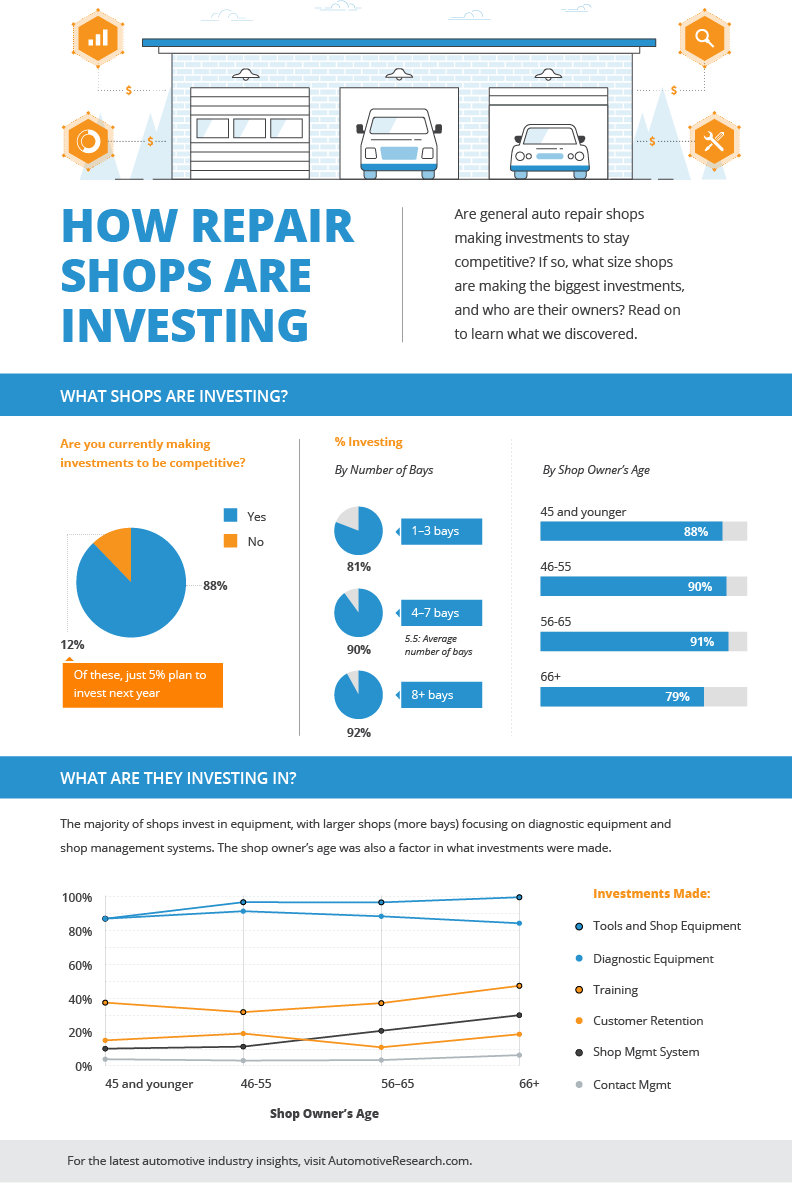The Important Function Of Constant Tire Upkeep: Steps For Evaluating And Revolving Your Tires
The Important Function Of Constant Tire Upkeep: Steps For Evaluating And Revolving Your Tires
Blog Article
Writer-Gylling Stanley
Guaranteeing your tires are in leading problem is more than simply a routine task-- it's a safety and security crucial for every trip you start. From keeping correct air pressure to examining for deterioration, the health and wellness of your tires directly affects your automobile's performance and your well-being on the road. But what are the essential steps to take to keep your tires in prime form? Let's explore the essential aspects of tire maintenance that you should not ignore.
Perks of Routine Tire Maintenance
Regular tire maintenance uses a series of advantages that can improve your driving experience and guarantee your security on the road. By maintaining your tires appropriately pumped up, you improve fuel performance, saving you cash at the pump.
Well-kept tires also offer far better traction, reducing the danger of accidents, particularly throughout severe weather condition. Correctly lined up and well balanced tires cause a smoother trip, minimizing vibrations and enhancing overall automobile handling.
Regularly rotating your tires promotes even tread wear, extending their life expectancy and saving you from early replacements. Additionally, keeping the appropriate tire stress can protect against blowouts and flats, lowering the possibilities of unexpected break downs when driving.
Tire Evaluation Standards
When inspecting your tires, it's critical to focus on numerous key facets to ensure they remain in ideal condition for risk-free driving. Begin by examining the tire stress using a pressure gauge to ensure it matches the producer's suggested degree.
Inspect the walk depth by placing a penny inverted into the tread grooves; if you can see every one of Lincoln's head, it's time for new tires. Search for any signs of unequal wear, which may show positioning issues or incorrect rising cost of living.
Look for cuts, protrudes, or cracks on the tire sidewalls, as these can lead to blowouts. Additionally, take a look at the tire valves for damages or leakages. Bear in mind to examine all 4 tires, consisting of the spare if appropriate.
Proper Tire Turning Techniques
To guarantee even use and prolong the lifespan of your tires, it's necessary to follow correct tire rotation techniques. ac repair for car near me helps distribute use uniformly across all 4 tires, advertising longer tread life and boosting total performance. Start by inspecting your car's manual for the suggested rotation pattern. Commonly, just click the next site -wheel-drive, rear-wheel-drive, and all-wheel-drive lorries have different turning patterns to account for differing wear patterns.
For most vehicles, the recommended tire turning interval is every 6,000 to 8,000 miles, however this may differ, so it's crucial to consult your guidebook.
When rotating your tires, switch the front tires with the rear tires, relocating the left back tire to the left front position and vice versa. brake repair flagstaff in mind to also go across the rear tires to the opposite sides when relocating them to the front. This straightforward yet efficient rotation technique helps ensure that all tires use equally, maximizing their life-span and preserving ideal performance.
Conclusion
See to it to prioritize normal tire maintenance to keep your vehicle running smoothly and securely. By complying with basic inspection guidelines and proper turning strategies, you can extend the life expectancy of your tires, boost gas performance, and boost general efficiency when driving. Do not neglect the relevance of taking care of your tires - it's a little effort that can make a big difference in your driving experience.
